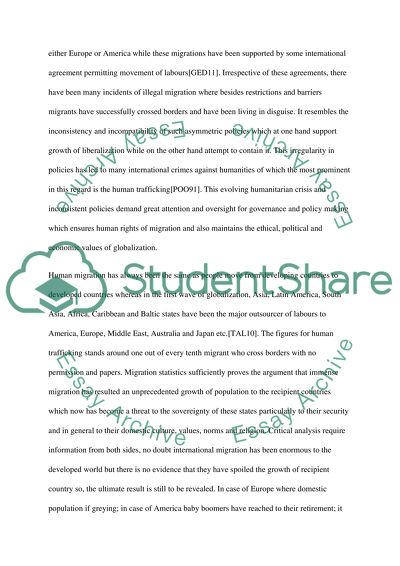Cite this document
(“'In the present era of globalisation, control over the movement of Essay”, n.d.)
'In the present era of globalisation, control over the movement of Essay. Retrieved from https://studentshare.org/geography/1491656-ychin-the-present-era-of-globalisation-control
'In the present era of globalisation, control over the movement of Essay. Retrieved from https://studentshare.org/geography/1491656-ychin-the-present-era-of-globalisation-control
('In the Present Era of Globalisation, Control over the Movement of Essay)
'In the Present Era of Globalisation, Control over the Movement of Essay. https://studentshare.org/geography/1491656-ychin-the-present-era-of-globalisation-control.
'In the Present Era of Globalisation, Control over the Movement of Essay. https://studentshare.org/geography/1491656-ychin-the-present-era-of-globalisation-control.
“'In the Present Era of Globalisation, Control over the Movement of Essay”, n.d. https://studentshare.org/geography/1491656-ychin-the-present-era-of-globalisation-control.


